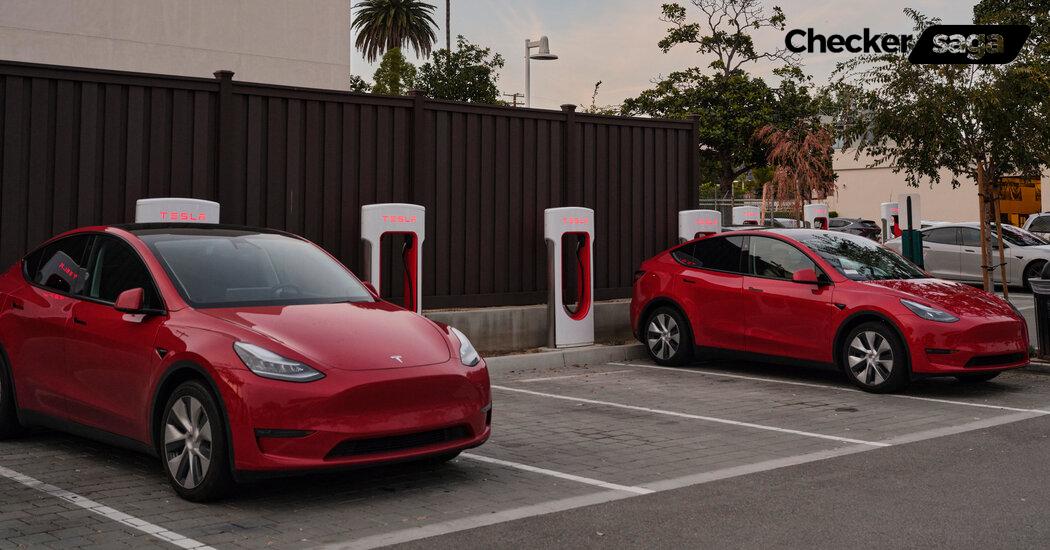In a surprising turn of events, Tesla’s recent earnings report for the fourth quarter of 2024 has revealed a sharp drop in profits, raising eyebrows across the business world. The company reported a profit of $2.3 billion, which is a significant plunge from the impressive $7.9 billion earned during the same period in 2023. Despite managing to increase their sales to $25.7 billion, the ongoing challenges from competitors in the electric vehicle market have put a strain on Tesla’s overall financial health.
Understanding Tesla’s Financial Struggles
Throughout 2024, Tesla faced rising competition that impacted its profit margins. Let’s break down the numbers:
- Profit Decline: Tesla’s quarterly profit from $7.9 billion in 2023 to $2.3 billion in 2024 indicates a significant drop.
- Sales Figures: Despite the profit decline, sales increased by 2% to reach $25.7 billion during the last quarter.
- Operational Challenges: The company saw a 23% decrease in operating profit, suggesting rising costs and fierce competition.
- Regulatory Credits: Tesla earned $692 million from regulatory credits, providing a necessary boost to their revenue.
Why the Earnings Missed Expectations
The earnings report also highlighted that Tesla’s results fell short of analysts’ expectations:
- Lower-than-Expected Revenue: Tesla’s revenue of $25.7 billion came in $1.5 billion less than what was forecasted.
- Thinner Profit Margins: Its profit margin dropped to 13.6%, lower than the anticipated 16.2% due to increased costs and competition.
- Annual Sales Decline: For the first time in its history, Tesla experienced an annual sales decline in 2024.
Future Prospects and New Models
Looking ahead, Tesla has made a few important announcements regarding its future plans:
- New Models: The company is expecting to launch more affordable models in the first half of 2025, aimed at attracting more customers.
- Cybercab Plans: Tesla is also looking forward to rolling out its Cybercab driverless robotaxi by 2026, showcasing its commitment to innovation.
- Sales Growth Expectations: While Tesla did not set specific sales targets for 2025, they remain optimistic about resuming sales growth.
The Impact of Elon Musk’s Decisions
As Tesla’s CEO, Elon Musk is heavily involved in various companies and his political choices raise concerns among potential buyers:
- Political Influences: Musk’s support for certain political movements, especially in Europe, might risk alienating some customers.
- Macroeconomic Effects: Changes in macroeconomic conditions and potential alterations to EV tax credits could also play a role in Tesla’s growth trajectory.
Stock Market Reactions
In reaction to the earnings announcement, Tesla’s stock experienced notable fluctuations:
- After-Hours Trading: Following the report, shares jumped 4% in after-hours trading, driven by optimism over the company’s advancements in self-driving technology.
- Investor Sentiment: Despite missing expectations, investors seem hopeful about Musk’s plans for widespread use of self-driving software, signaling confidence in long-term growth.
- Future Analysis: Technical analysis suggests a potential upward trend for Tesla’s stock, with key support levels observed around $360, $300, and $265.
As Tesla navigates through these challenging times in the electric vehicle market, its ability to adapt and innovate will be pivotal. Fans and investors alike are eagerly watching to see how the company will respond to the competition and if it can reclaim its position as a leader in the electric vehicle industry.
























